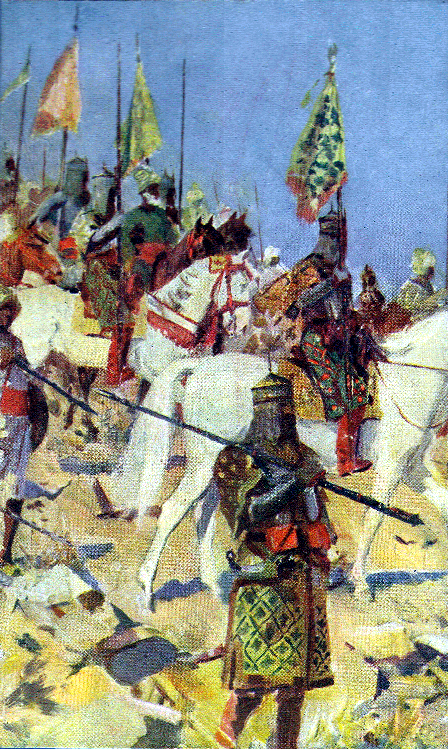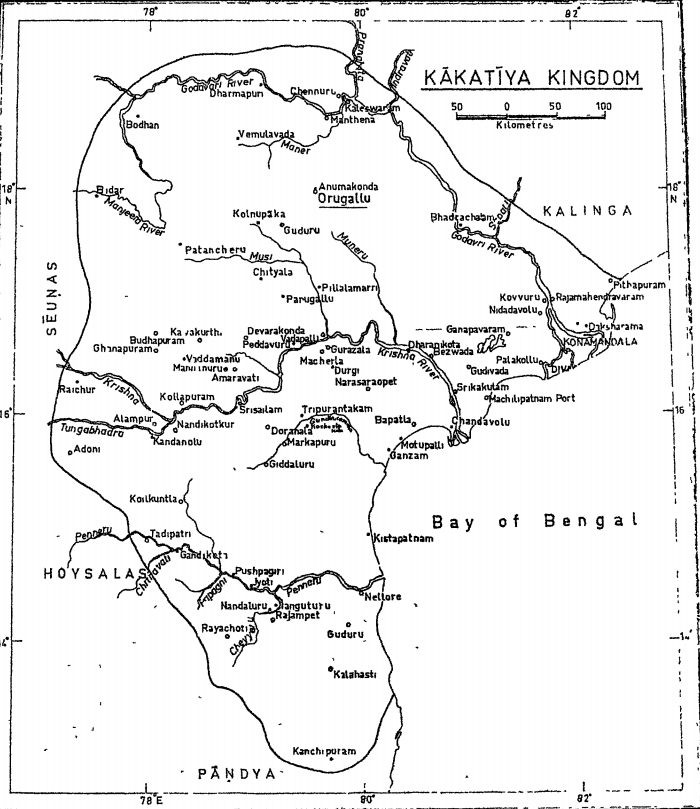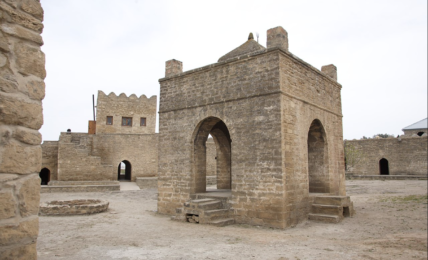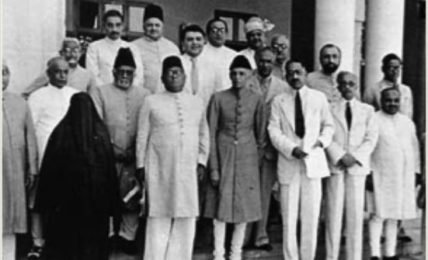Alauddin Khilji’s Devagiri Raid of 1296 – Fact or Fiction?
While we assume at face value that Alauddin Khilji raided Devagiri and took the fort, a reconstruction of the same is nearly impossible. Yadava Territory extended deep into Bundelkhand, Ramadeva was the last pre-Islamic king to rule Kashi and build a temple there and the distances involved from the borders of Yadava Empire, the troop strength of Alauddin Khilji and the contemporary politics of Deccan make one wonder if the raid really happen.








Khilijis were defeated by the Sarv Khap Republic of Haryana
You may wish to google the history